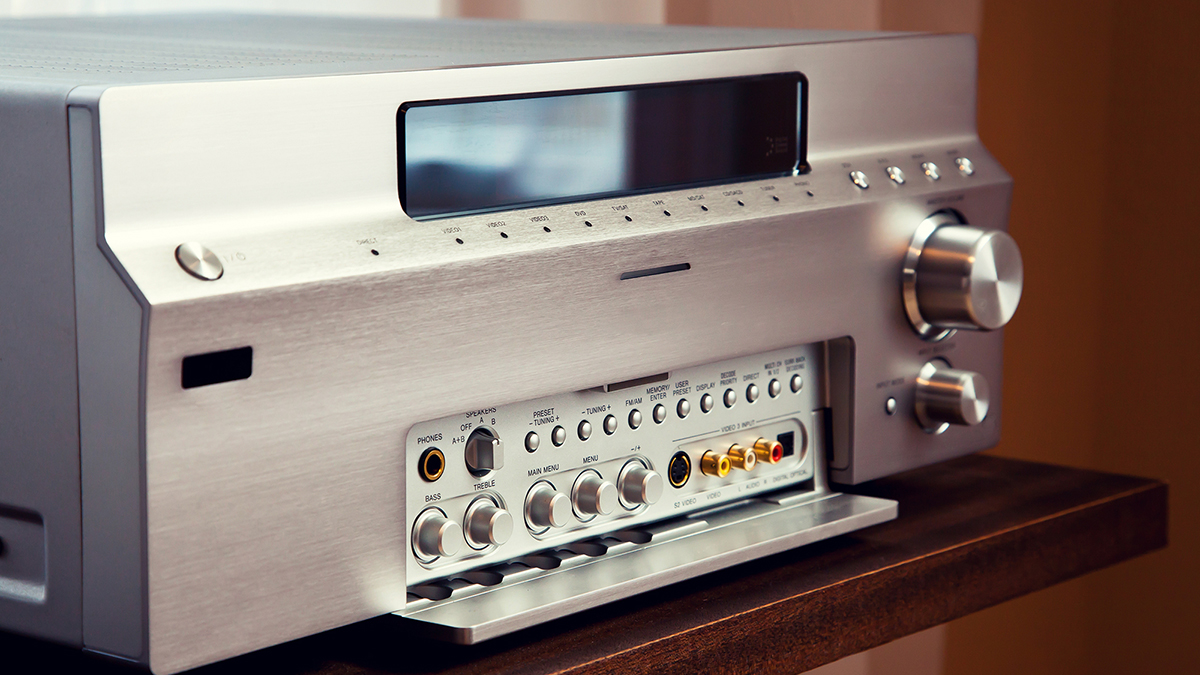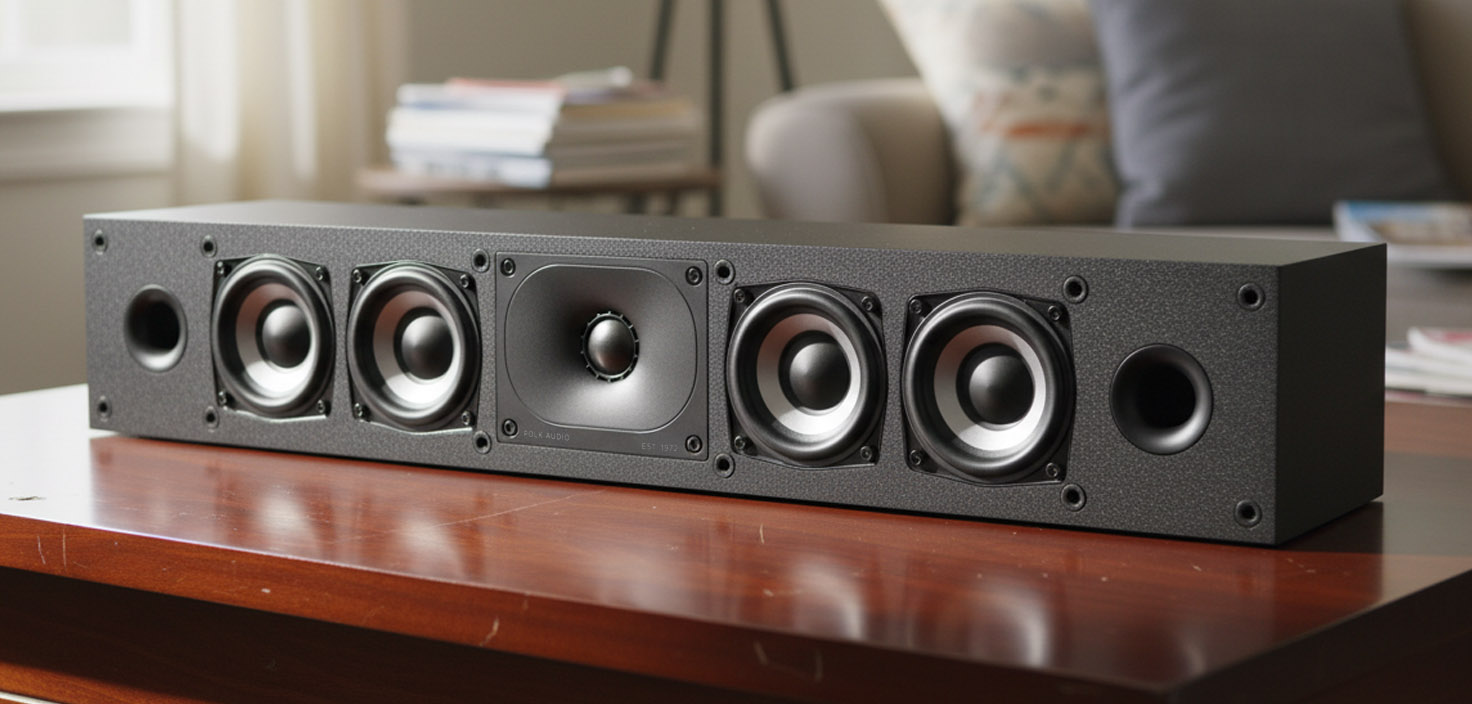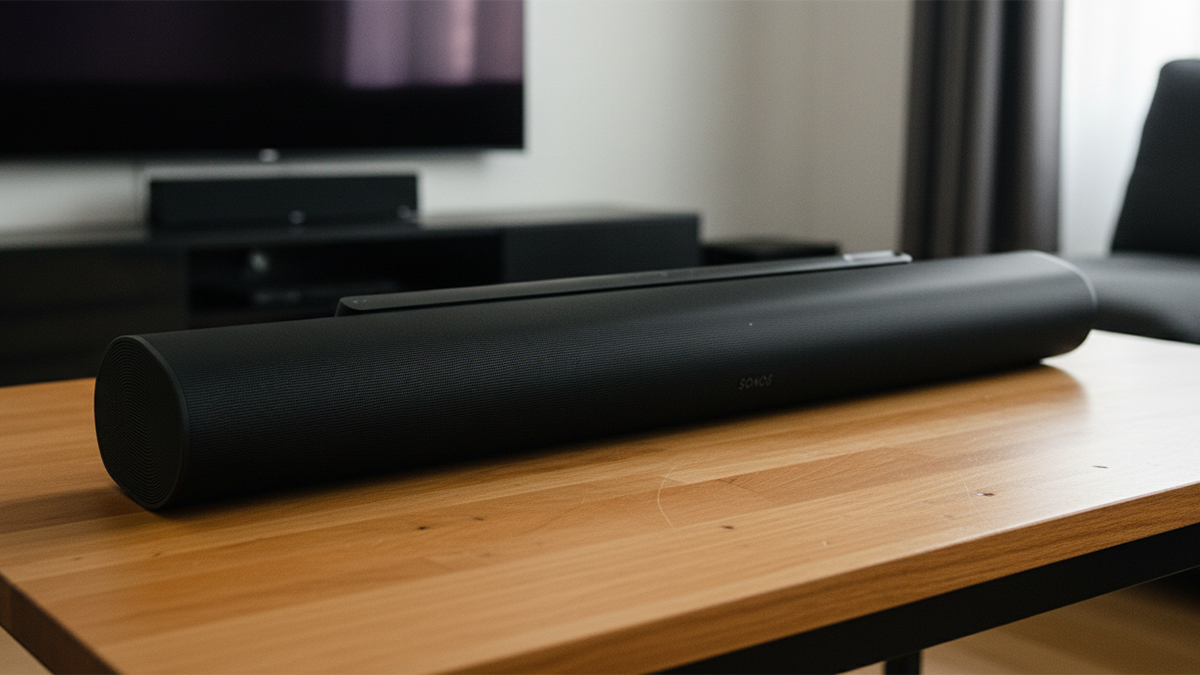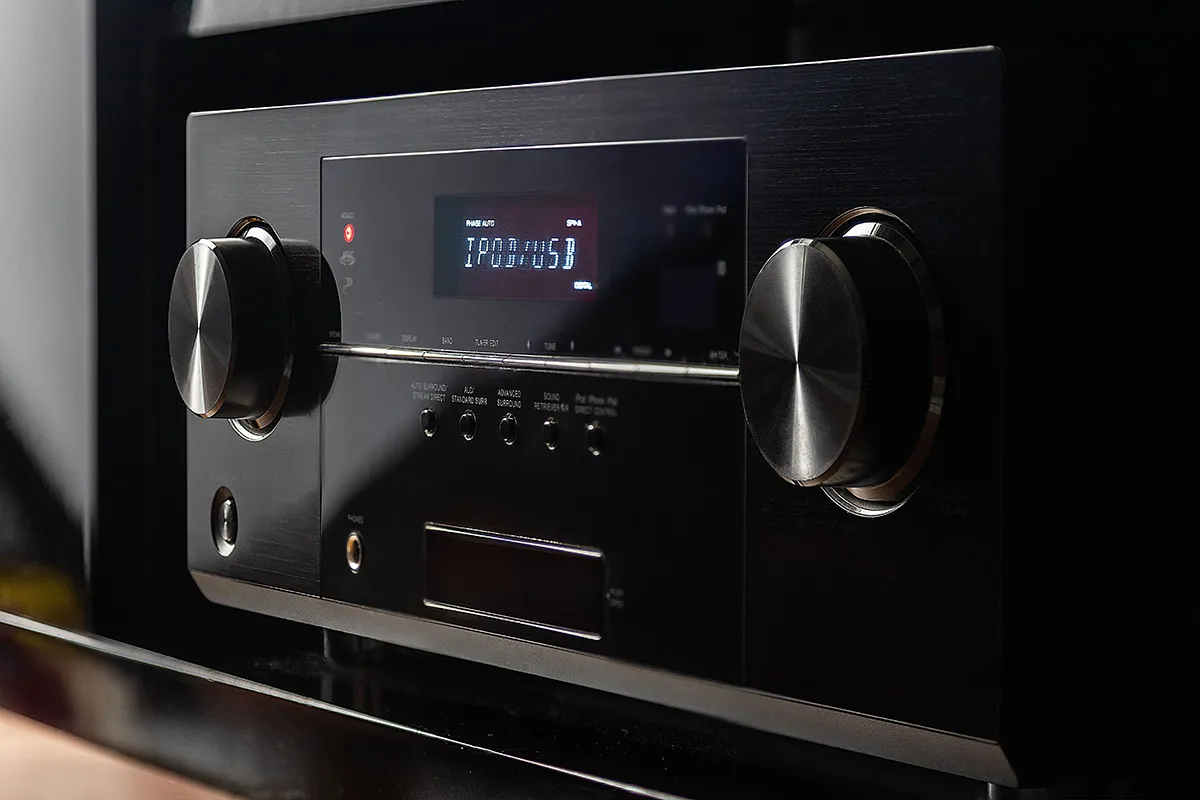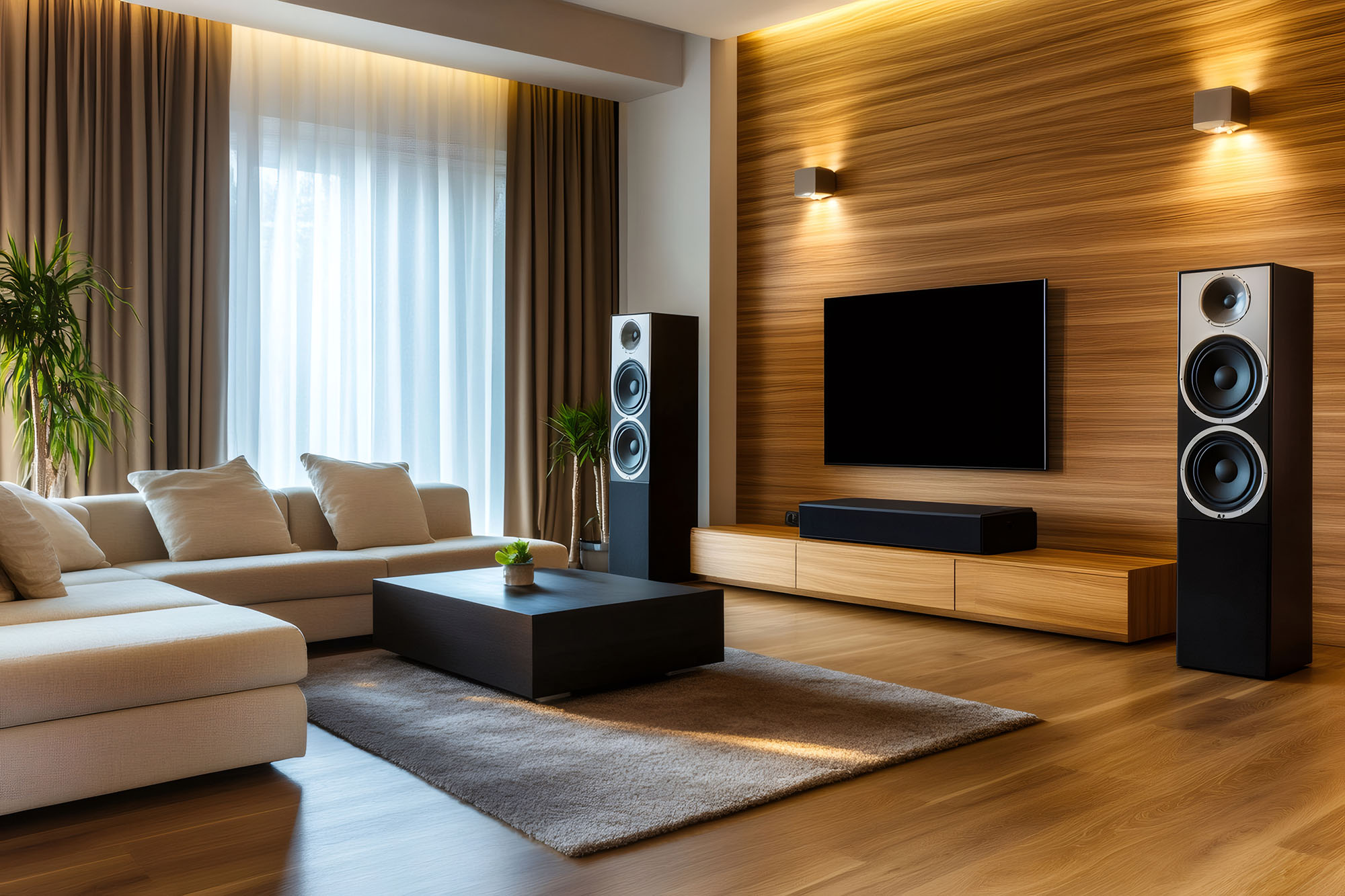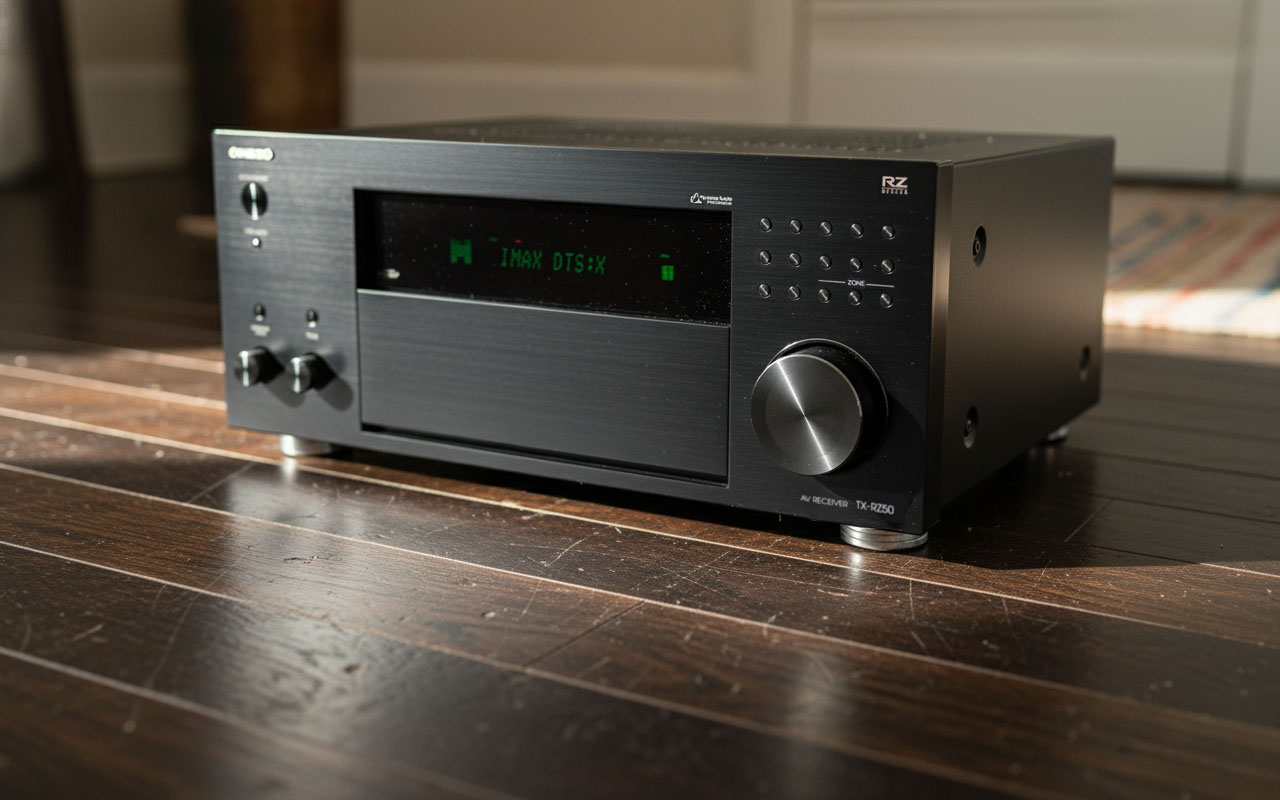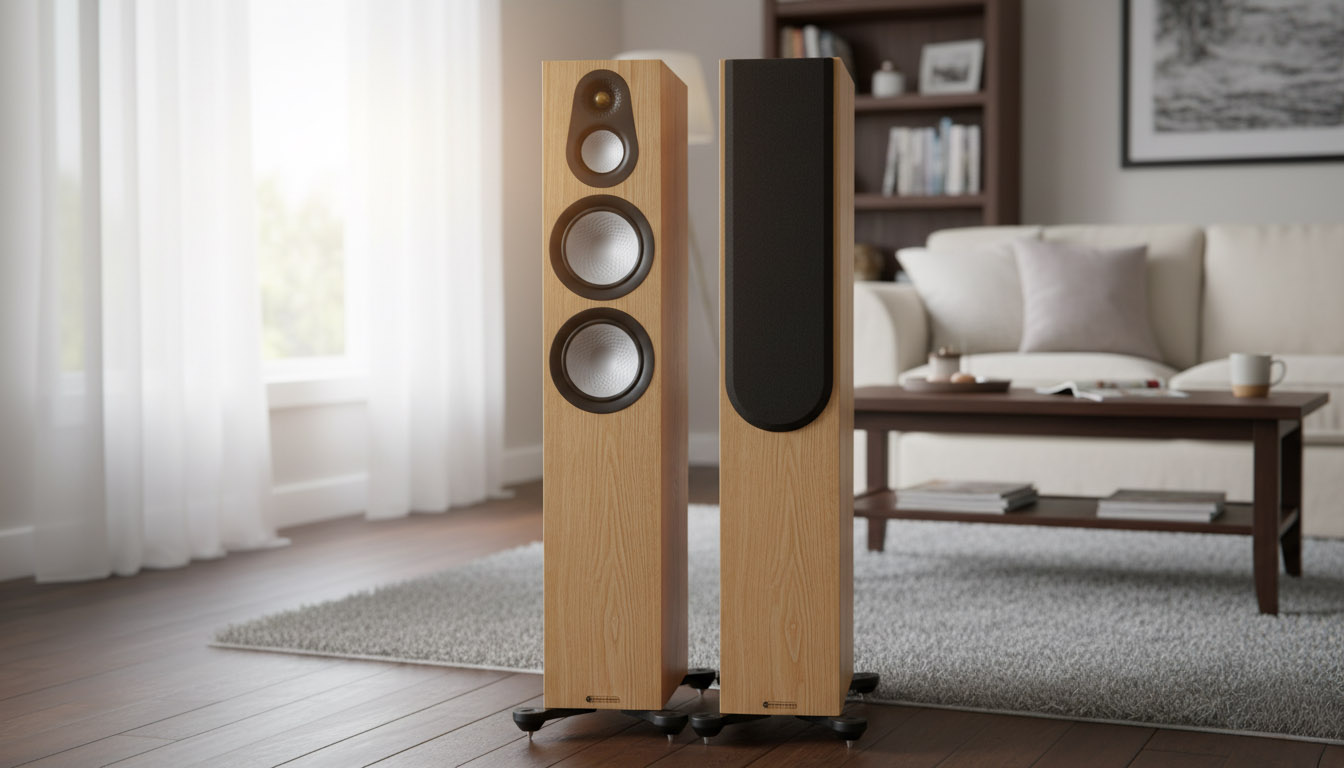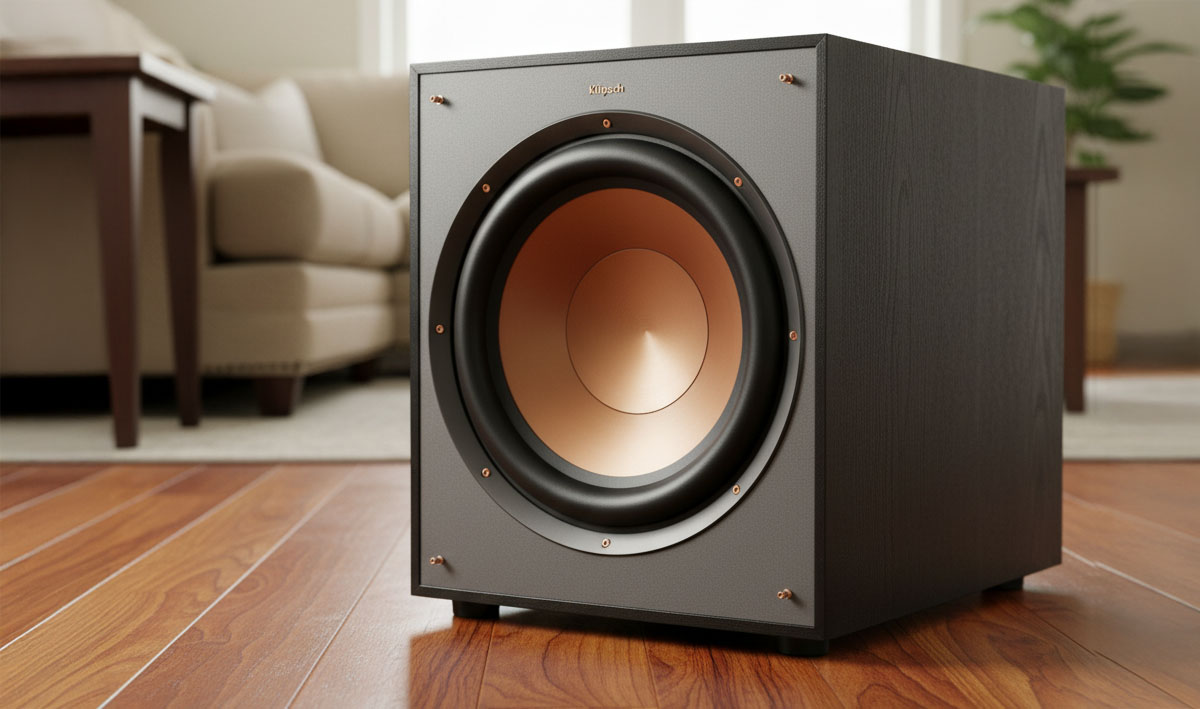Quick Take
The Polk Monitor XT30 is a compact center channel that does the basics right: clear dialogue, easy placement, and smooth integration with budget and midrange AVRs. Owners highlight intelligibility at everyday volumes, a natural hand-off to the sub when crossed correctly, and effortless setup. The trade-offs are predictable for its size: it won’t deliver the chesty mid-bass of larger centers, it benefits from a 90–120 Hz crossover, and it can sound a touch forward in lively rooms unless you tame reflections. If you want a small, honest center that makes voices pop without blocking the screen, the XT30 is a strong fit.
Pros
![]() Clear, focused dialogue even at modest volumes
Clear, focused dialogue even at modest volumes
![]() Compact cabinet that fits where taller centers won’t
Compact cabinet that fits where taller centers won’t
![]() Easy to drive and blends well with Polk Monitor XT speakers
Easy to drive and blends well with Polk Monitor XT speakers
![]() Good value-to-performance for entry and midrange systems
Good value-to-performance for entry and midrange systems
![]() Stable off-axis response for multiple seats
Stable off-axis response for multiple seats
Cons
![]() Less mid-bass body than larger, taller centers
Less mid-bass body than larger, taller centers
![]() Best with a higher crossover (around 100 Hz, give or take)
Best with a higher crossover (around 100 Hz, give or take)
![]() Can sound a bit bright in reflective rooms without soft furnishings
Can sound a bit bright in reflective rooms without soft furnishings
![]() Needs a slight level bump in some setups for more forward dialogue
Needs a slight level bump in some setups for more forward dialogue
![]() Not ideal for very large rooms or reference-level listening
Not ideal for very large rooms or reference-level listening
Introduction
The center channel carries most on-screen dialogue, so it can make or break your movie night. The Polk Monitor XT30 Center Channel exists for listeners who want a real center but don’t have space for a bulky box. With a familiar two-way, dual-woofer layout and a cabinet that tucks easily onto a shelf, the XT30 aims for clarity first. It’s voiced to match the rest of the Monitor XT family and designed to slot cleanly into accessible home-theater rigs driven by mainstream AVRs.
Key Features of Polk XT30
Polk builds the XT30 around dual 5.25-inch Dynamically Balanced woofers and a 1-inch Terylene dome tweeter. Two mid-woofers increase cone area without requiring a tall baffle, which helps the speaker stay compact while still moving enough air for speech fundamentals and mid-bass punch. The ported enclosure provides some lift in the mid-bass, useful for weight at moderate volumes, and the single nickel-plated 5-way binding post keeps hookup simple.
Polk’s published response shows useful output through the vocal band and into the presence region, which is where speech intelligibility lives. That tuning choice, paired with a modest cabinet volume, explains why owners consistently report crisp dialogue and also why most are happiest crossing the XT30 to a subwoofer at or above the standard 80 Hz mark. The speaker’s sensitivity is AVR-friendly, so you don’t need a beast of an amplifier to get satisfying speech and effects at couch distance.
Physically, the cabinet is compact enough to sit beneath most TVs and shallow enough to fit on typical furniture shelves. If you’re building a matched front stage, the tweeter material and voicing align with bookshelf and tower models in the Monitor XT line, which keeps pans smooth and timbre consistent across the front.

Sound Quality & Setup
Dialogue clarity at sane volumes
What owners notice first is intelligibility. The Polk Monitor XT30 keeps consonants crisp and anchors voices to the screen, which is a clear step up from TV speakers or an entry soundbar. Even at modest volume, you can follow fast dialogue without riding the remote. That’s the product doing exactly what it’s built for: delivering a clear midrange without demanding huge power or space.
Crossover discipline pays off
Real-world feedback converges on a straightforward recipe: set the center crossover around 100 Hz (some land at 90, others at 110–120) and give the center channel +1 to +3 dB if dialogue sits too far back. Doing so keeps the dual 5.25-inch woofers from having to reproduce low-mid content at high levels, which can blur the vocal region. With a sensible crossover, the XT30 hands true bass to the sub, stays composed during action scenes, and maintains its clarity as volume rises.
Tonality: neutral-to-forward, room-dependent
In carpeted or well-treated rooms, the XT30 reads clean and balanced. In reflective spaces with glass, tile and bare walls, some listeners describe a slightly forward treble. Two easy fixes help: a rug or curtains near first-reflection points, and a small treble trim in AVR tone controls. Because the XT30 is voiced for intelligibility, it’s designed to cut through busy mixes; taming the room just a bit prevents that intent from sounding edgy.
Dynamics and headroom limits
This is a compact center, not a brute. At normal couch distance and sensible playback, it tracks dynamics cleanly. Push it in a large room at party volumes and the mid-bass won’t punch like a bigger, taller center with larger woofers. That’s physics, not failure. If you routinely listen very loud or sit far from the screen, consider a step-up model with more cone area. In small to medium rooms, the XT30 covers the bases and keeps voices intelligible when the soundtrack gets dense.
Placement choices that matter
Because the cabinet is deeper than ultra-slim centers, you’ll want it pulled to the edge of the shelf so the front baffle is flush; burying it behind a lip can cause reflections that smear dialogue. Aim the tweeter toward ear height when possible. If the speaker must sit low, a gentle up-tilt helps restore clarity in the presence band.
Who Is It For?
- Small to medium rooms where a traditional center won’t fit but you still want a real speaker, not a soundbar.
- Viewers who prize intelligible dialogue for streaming TV, sports, and movies without cranking the master volume.
- Owners building a Monitor XT front stage, looking for a timbre-matched center that’s easy to drive with a mainstream AVR.
- Apartment and shared-space listeners who want clarity at moderate levels rather than mid-bass theatrics.
Tips for New Owners
- Start your crossover at 100–110 Hz and adjust by ear after a few days.
- If dialogue is soft, add +1 to +3 dB on the center channel level, not the master volume.
- Pull the cabinet forward so the baffle is flush with the shelf edge.
- If the room is lively, add a rug/curtains or take one click off treble in tone controls.
- Re-run your AVR’s auto-calibration after any placement changes, then fine-tune manually.
Alternatives to Consider
Polk Monitor XT35 (slim sibling)
The XT35 trades larger woofers for a slimmer, lower-profile cabinet with four 3-inch drivers flanking the same 1-inch tweeter. It’s the better choice if height clearance is tight or you’re wall-mounting under a screen. Owners call out excellent dialogue focus and truly easy placement thanks to its shallow depth and front ports. The drawback is less mid-bass body and lower headroom than XT30, so it typically prefers a higher crossover (often 100–120 Hz). If your cabinet is low and thin, XT35 solves the fit problem elegantly. If you have the space and want more weight, XT30 sounds fuller at the same seat.
Read our full review
Klipsch Reference R-30C (livelier voicing)
This competitor remains relatively low-profile but uses a horn-loaded tweeter and four smaller woofers. Listeners often report crisper attack and higher apparent efficiency, which can make effects pop. In reflective rooms or close seating, that can read as more forward than the Polk voicing. Bass extension is similar; your choice is about presentation: energetic and projected (Klipsch) vs neutral-to-clean (Polk).
Yamaha NS-C210 (ultra-compact option)
An even smaller center with dual ~3-inch woofers and a compact tweeter. It fits where almost nothing else will, but owner sentiment points to lighter body and the need for a higher crossover than XT30. Good for tight spaces or desks; for a main TV room, XT30 feels more confident and natural with dialogue.
Final Thoughts
The Polk Monitor XT30 does what a compact center should: it keeps voices clear, integrates easily with a sub and AVR, and fits into real furniture without drama. It’s not built to shake the room or brawl in a cavernous space, but at the volumes most people actually use, it makes a meaningful difference. If your priorities are clarity, clean integration, and a footprint that won’t block the screen, the XT30 delivers exactly that. If you want more mid-bass body and have the space, the XT35’s slim convenience may tempt you aesthetically, but the XT30’s larger woofers give it the edge in fullness. Choose based on your room and layout, and you’ll be happy either way.
FAQ
How big is the XT30 and will it fit under my TV?
It’s compact and designed to slide under most TVs or onto standard shelves; check your shelf depth to ensure the baffle can sit flush with the edge.
What crossover should I use?
Most owners land around 100–110 Hz. If voices get thick at volume, raise it a notch; if they sound thin, lower slightly.
Is it hard to power?
No. It’s AVR-friendly and reaches comfortable levels at typical seating distances without a high-powered amp.
Will it match my existing Polk speakers?
Yes. It’s voiced to timbre-match the Monitor XT line, making pans across the front stage smooth.
Does it work for music as well as movies?
Yes. For TV concerts and multichannel music, it keeps lead vocals anchored and intelligible while the mains carry the weight.
What if I want deeper impact from the center?
If space permits, a taller center with larger woofers will add weight. Within the XT family, the XT30 already has the advantage over the ultra-slim XT35 for fullness.
Teksignal.com participates in the Amazon Services LLC Associates Program, an affiliate advertising program designed to provide a means for sites to earn advertising fees by advertising and linking to Amazon.com. The reviews on this site are hands-off consensus reviews. We analyzed owner feedback across the internet and manufacturer documentation. We summarize sentiment; we do not republish individual user posts.



